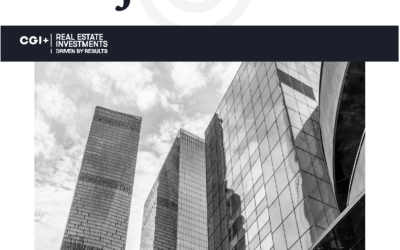
We have talked about Opportunity Zones, which are economically distressed areas that have been nominated and then certified by the US Treasury as eligible for preferential tax treatments under certain conditions. This program was created under Donald Trump’s administration under the Tax Cut and Jobs Act of 2017.
According to a new report (In the Opportunity Zone: Location, Timing, Capital), Opportunity funds are growing. In fact, on the low end, capital inflows are estimated at 100 billion USD, and expected to increase to over 6 Trillion USD. The amount of money is having an effect on prices—on-market prices in the Opportunity Zones are going for 20% more than comparable properties that are not located within the zone. Even vacant development site prices are up 14% over the competition.
Now it’s time for a solid infrastructure to be developed for the management and distribution process. Since these tax benefits will only benefit those with significant unrealized capital gains, investors will likely be high-net worth individuals, groups and businesses. And the distributors will be wealth management organizations, private banks and large asset managers.
Opportunity Zones are available nationwide, and you can find more information about it on the IRS website. The projects that have been set up thus far are inspiring and have shown diversity, creativity and a given a breath of new life to these communities.

